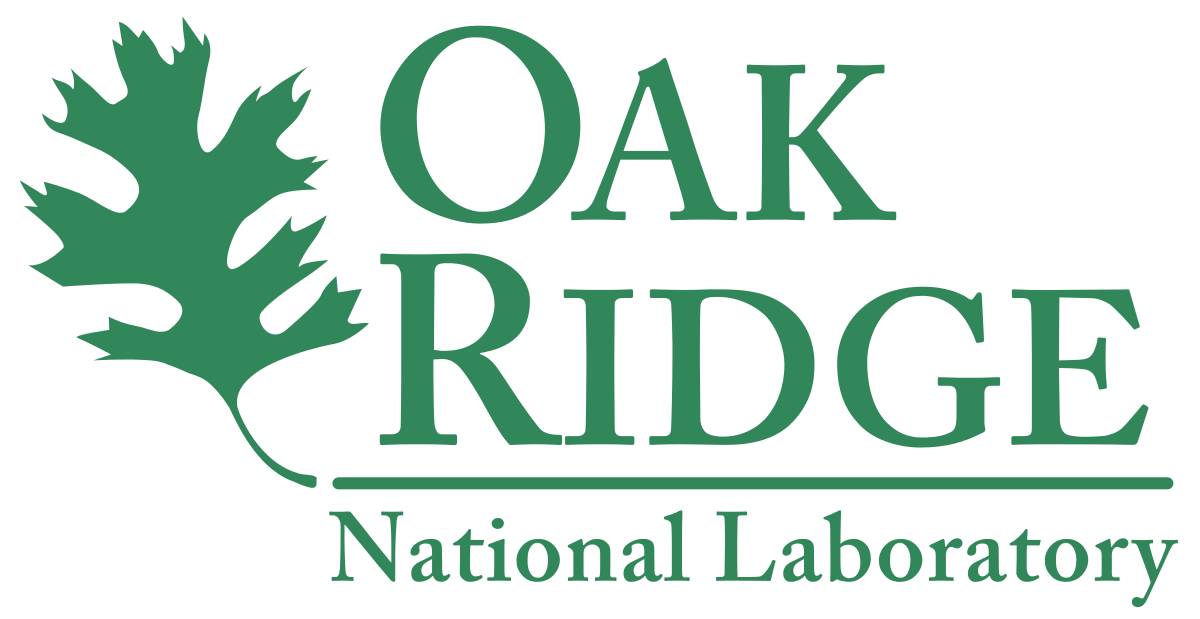Actinium-225 is a rare medical radioisotope. Treatments based on the use of actinium have been tested on leukemia, melanoma, glioma and prostate cancer and found to be effective. Most of the Ac-225 that has been produced has come from the U.S. Department of Energy’s Oak Ridge National Laboratory. Two other international sources have produced smaller amounts of Ac-225. These three sources can only produce enough Ac-225 to treat about one hundred patients. That is only sufficient to carry out very preliminary clinical trials.
The DoE Office of Sciences has an Isotope Program that is dedicated to developing new ways to produce useful radioisotopes. This program was started in 1946 as part of President Truman’s search for peaceful uses for nuclear energy. Since its creation, the program has been researching and manufacturing radioisotopes for research and industrial applications. The Isotope Program focuses on the production and distribution of radioisotopes that are in high demand and short supply that commercial firms are not interested in producing.
Each atom of each element has a specific number of protons in its nucleus. The number of neutrons in each nucleus can vary. This means that one element can have many different isotopes, based on the number of neutrons it’s nucleus. Some of these isotopes are stable but some are not. The unstable isotopes are constantly decaying and emitting subatomic particles as radiation. As some of these isotopes decay, they change the number of protons in a nucleus which changes the element into another element. The production and handling of radioactive isotopes or radioisotopes can only be done with the right expertise and equipment.
Currently, the Isotope program is working on finding new ways to create Ac-225. This program is referred to as Tri-Lab Research Effort to Provide Accelerator-Produced 225Ac for Radiotherapy project. It is being carried out at the Oak Ridge National Laboratory (ORNL), the Los Alamos National Laboratory (LANL), and the Brookhaven National Laboratory (BNL). They have succeeded in developing a new and promising method for producing Ac-225.
Ac-225 is an alpha emitter. This means that when it decays, it ejects two protons and two neutrons, or what is basically the nucleus of a helium atom. This particle is shortlived but as it travels, it emits intense energy. When combined with a molecule that seeks out cancer cells, this intense energy can break up the DNA of the cancer cell, preventing it from reproducing and may even kill it. Ac-225 is unique because it has a short half-life of ten days. It turns out that ten days is optimal for the treatment of some cancers.
In 2013, the federal Food and Drug Administration (FDA) approved the first drug based on alpha emitters. If the FDA approves drugs based on Ac-225 and bismuth-213 (Bi-213), a daughter isotope, the demand for Ac-225 could rise to fifty thousand millicuries. Current world production of Ac-225 amounts to one to two thousand millicuries.
Ac-225 is currently produced from a small piece of thorium-229 which naturally decays into Ac-225. The Ac-229 must be separated from the Th-229. The Isotope Program is now looking for ways to use high-energy accelerators to irradiate natural thorium to produce more Th-229 which will decay into Ac-225. BNL's Linear Accelerator and LANL's Neutron Science Center both host the type of accelerator needed for this approach.
In order to use the high energy accelerators to produce Ac-225, a hocky puck sized piece of thorium is placed in the accelerator. Protons that have been accelerated to about forty percent of the speed of light are then slammed into the thorium target. This produces hundred of different isotopes of different elements including Ac-225. The same process used before separates the Ac-225 from the resulting mixture of isotopes. The Tri-Labs group believes that they can produce about twenty times the Ac-225 that they are currently producing.
